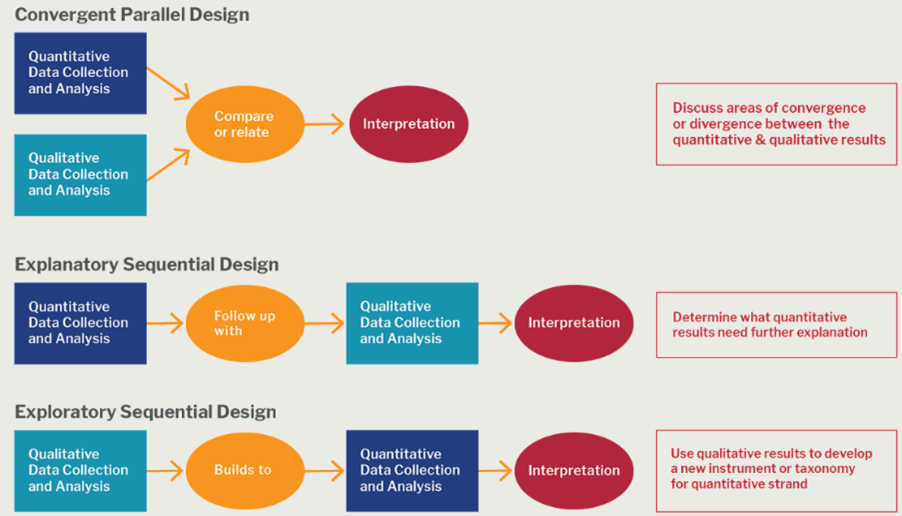
the Secrets of ISI Journals: A Guide for Academic Success
June 19, 2020Complete Guide to finding an ISI journal For Researchers
December 24, 2024Last updated on March 14th, 2025 at 05:10 am
In academic research, the ISI journal holds a prominent position. It is considered a pivotal platform for scholars and scientists to disseminate their findings, share knowledge, and contribute to the progress of their respective fields. But what exactly is an ISI journal, and why is it so highly regarded?
ISI, which stands for the Institute for Scientific Information, is now known as the Clarivate Analytics company. It maintains meticulous databases, such as the Web of Science and Journal Citation Reports, which contain extensive collections of academic journals, conference proceedings, and patent records across various disciplines. These databases serve as reliable sources for measuring the impact and importance of scientific publications.
An ISI journal, also known as an ISI-indexed journal or an ISI-ranked journal, refers to a scholarly journal that has undergone a rigorous evaluation process conducted by ISI. This evaluation is not solely based on the quality of the research articles but also considers aspects such as citation rates and impact factors. The ISI journal classification is a system that distinguishes scholarly publications based on their overall influential presence in the academic community. Consequently, being featured in an ISI journal adds significant value and prestige to any published research.
The ISI journal index plays a crucial role in the academic world. It aids in academic decision-making, supports research assessment exercises, and helps researchers identify influential works that contribute to a particular field or research area. It acts as a guide for scholars to identify reputable journals to publish their work and assists academic institutions in evaluating the productivity and quality of their faculty members. Moreover, the ISI index is widely recognized and utilized by funding organizations, government bodies, and universities to determine the grant of financial support and recognition for research endeavors.
Being included in an ISI journal can greatly enhance the visibility and credibility of researchers and their work. It indicates that the study has met specific criteria of excellence and has undergone a thorough review process. The impact factor assigned to an ISI journal reflects the average number of citations received per research article published during a specific period. This enables researchers to identify highly cited publications and measure the influence and relevance of each article. Moreover, the ISI journal index enables researchers to track and analyze citation patterns, discover emerging research areas, and identify potential collaborators or citation partners.
However, it is essential to note that the selection process for an ISI journal is highly competitive and stringent. Many factors, such as the rigor of the review process, the reputation of the editorial board, and the frequency of publications, are considered during the evaluation. As a result, not all scholarly journals can obtain the prestigious status of being an ISI journal.
In conclusion, the world of academic research is greatly influenced by the evaluation and recognition provided by ISI journals. Being featured in an ISI journal signifies high quality, impact, and recognition for researchers and their work. It enables scholars to showcase their findings to a broader audience and ensures their work contributes significantly to advancing knowledge and improving society. The ISI journal index is a powerful tool for researchers, academic institutions, and funding organizations in pursuing scientific excellence and innovation.
How is the ISI journal indexed?
The ISI journal has a specific indexing process in place to ensure rigorous and systematic categorization of scholarly articles. Before an article can be indexed, it undergoes a thorough evaluation by a team of experts in the respective field. These experts carefully examine the article’s validity, originality, and contribution to knowledge. Once approved, the article is then indexed in the ISI journal, which is widely recognized as a prestigious platform for academic research. This rigorous indexing process helps to maintain the journal’s high standards and ensure the quality of published articles.
Furthermore, the ISI journal utilizes a comprehensive indexing system that allows for efficient retrieval and categorization of articles. Each article is assigned specific keywords and subject categories based on its content and focus. These keywords and categories enable researchers to easily locate relevant articles within the journal database. Moreover, this indexing system also facilitates cross-referencing and citation tracking, which are crucial for scholarly research and the advancement of knowledge in various disciplines.
In addition to its meticulous indexing process, the ISI journal also benefits from its inclusion in renowned academic databases, such as Web of Science. Indexed articles have increased visibility and accessibility, as they are easily discoverable by researchers worldwide. This exposure not only enhances the reach and impact of the published research but also establishes the journal as a reliable and credible source of scholarly information. The ISI journal’s indexing combined with its integration into reputable databases contributes to the dissemination of high-quality research and fosters collaboration among researchers in diverse fields.
An ISI journal is indexed in the Web of Science Core Collection, a comprehensive database maintained by Clarivate Analytics that indexes and categorizes scholarly articles from various scientific disciplines. Being included in the Web of Science helps to ensure the visibility and accessibility of research publications to a global audience. The primary purpose of an ISI journal is to provide a platform for sharing original research, promoting scientific advancement, and influencing future studies in the respective fields.
Selection Process
The selection process for an ISI journal is highly competitive and stringent. Editors of an ISI journal meticulously evaluate the submitted manuscripts based on their originality, significance, methodology, and contribution to the existing knowledge base. Additionally, articles published in an ISI journal must adhere to ethical standards and be based on robust research methodologies. The rigorous peer-review process, conducted by experts in the respective field, further ensures the authenticity of the published work and maintains the high quality that the ISI journal is renowned for.
Impact Factor
One of the distinguishing features of an ISI journal is its impact factor. Impact factor measures the average number of citations received by articles published in a specific journal within a particular time frame. A higher impact factor signifies the influence and significance of the research published in that journal. Researchers often aspire to publish their work in journals with higher impact factors as it enhances their academic reputation and boosts the visibility of their research within the scientific community.
Benefits and Significance
Getting published in an ISI journal brings immense benefits to researchers and institutions. It establishes credibility, helps in career advancement, and increases the chances of securing research funding. Moreover, publishing in an ISI journal increases the global recognition of a researcher’s work and provides opportunities for collaboration with fellow scholars and experts worldwide. The ISI journal’s reputation and wide readership also contribute to its significance as a reliable source for researchers seeking to cite or build upon existing studies.
Conclusion
An ISI journal is a trusted platform that showcases cutting-edge research and facilitates intellectual exchange within the scientific community. With its comprehensive indexing system, rigorous selection process, high-impact factors, and numerous benefits, the ISI journal plays a vital role in advancing knowledge and encouraging innovation in various academic disciplines. Researchers striving for recognition and impact strive to publish in ISI journals, thereby contributing to the advancement of science and society.



